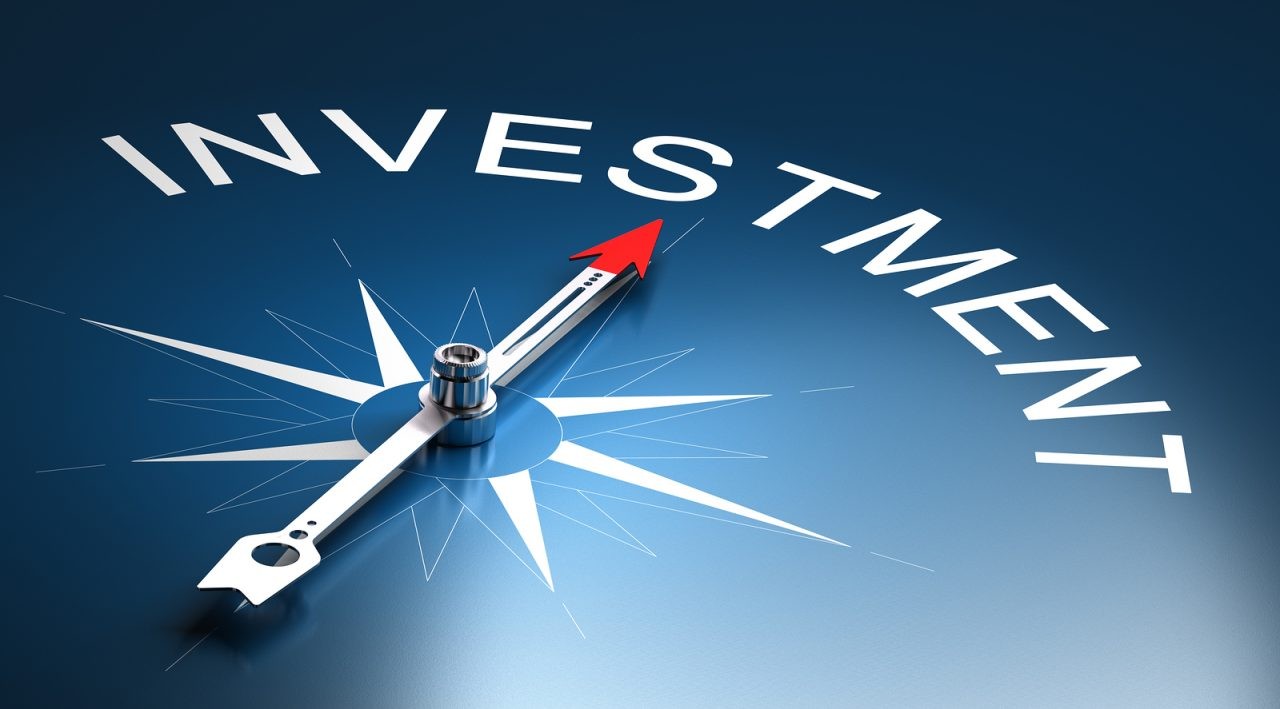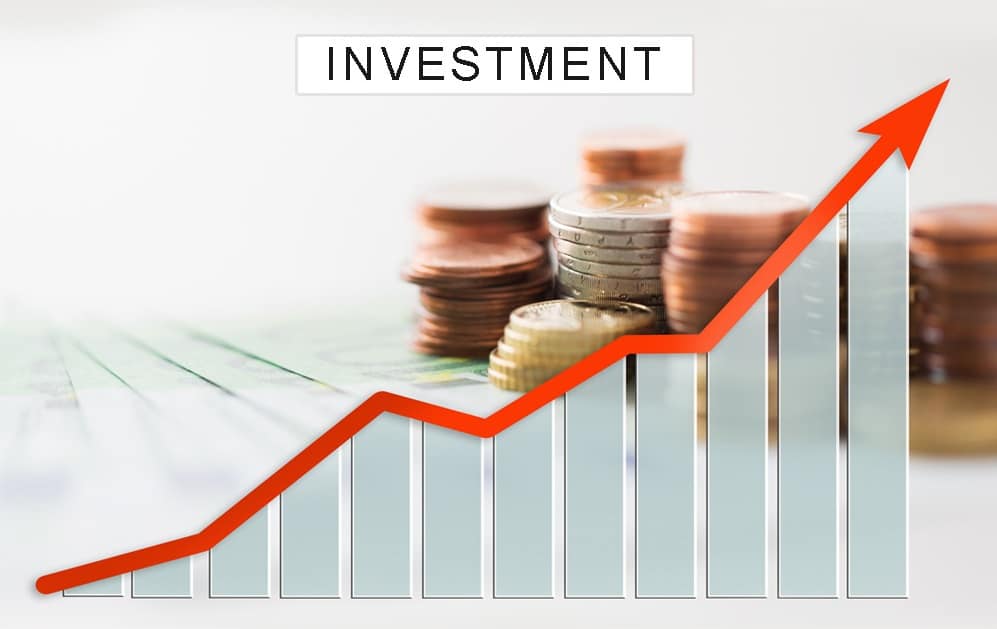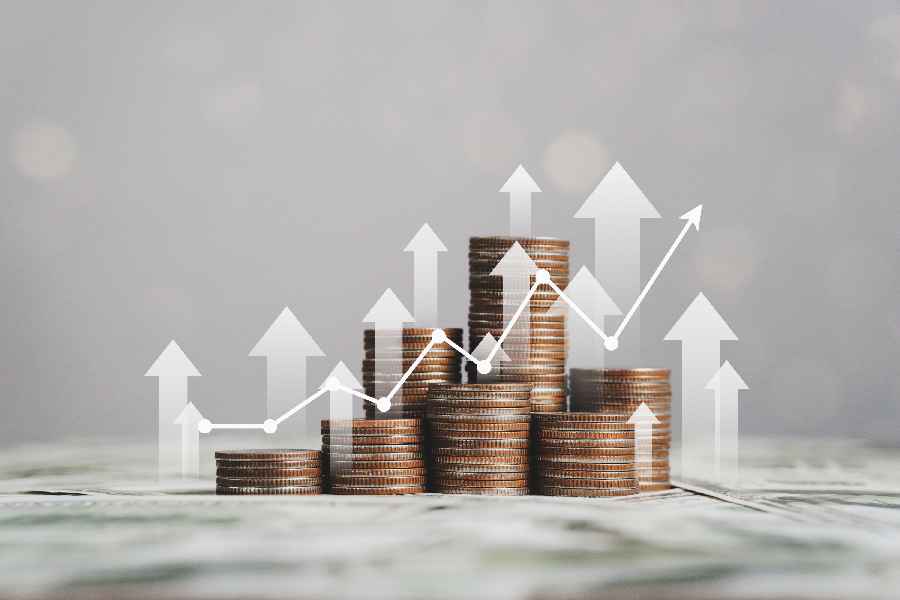How Ongoing Supply Chain Issues Are Affecting U.S. GDP Growth

February 28, 2025
In 2025, the U.S. economy continues to face significant challenges related to supply chain disruptions, a lingering consequence of the COVID-pandemic and global geopolitical tensions. These disruptions have created bottlenecks in production and distribution across various sectors, affecting everything from manufacturing to consumer goods. As a result, U.S. GDP growth projections for the coming years are being closely scrutinized.
The nation's GDP, which measures the total value of goods and services produced, is a key indicator of economic health. Despite recent setbacks, including inflationary pressures and labor shortages, economists remain cautiously optimistic about the country’s recovery trajectory. However, the ongoing supply chain issues remain a critical factor influencing these growth projections.
Understanding the Current Supply Chain ChallengesSince the early days of the COVID-pandemic, global supply chains have faced unprecedented disruption. Factory shutdowns, labor shortages, shipping delays, and logistical challenges have all contributed to a slowdown in production. Although many industries have made strides toward recovery, certain key sectors such as electronics, automotive, and pharmaceuticals are still grappling with delays and shortages.
In 2025, the situation has only slightly improved, with some key supply chain issues persisting:
Labor Shortages and Workforce Challenges
A shortage of workers in critical industries such as trucking, warehousing, and manufacturing continues to exacerbate supply chain issues. Many companies are struggling to fill positions, while workers remain hesitant to return to sectors that they perceive as unstable or underpaid. As a result, this labor shortage is impeding the flow of goods across industries, leading to delays and rising costs.
Shipping and Logistics Delays
The global shipping industry is still facing significant backlogs due to limited capacity, high demand for goods, and logistical bottlenecks. The scarcity of shipping containers and delays at major ports such as Los Angeles and Long Beach continue to disrupt the timely movement of goods across borders. Additionally, the increasing demand for e-commerce has further strained logistics systems, leading to supply chain disruptions.
Inflation and Rising Material Costs
The rising costs of raw materials, such as steel, semiconductor chips, and energy, have contributed to inflationary pressures. As the price of these materials increases, the cost of production rises, which in turn impacts the price of consumer goods. This inflation is particularly problematic for industries that rely on just-in-time inventory systems, as they struggle to maintain efficient production and distribution.
Geopolitical Tensions and Trade Restrictions
Geopolitical tensions, such as trade disputes and tariffs, are also contributing to supply chain disruptions. The ongoing trade conflict between the U.S. and China, as well as the war in Ukraine, have created uncertainties in the global supply chain. As nations impose sanctions and export restrictions, companies are forced to find alternative sources for goods and materials, which increases costs and delays production.
These ongoing supply chain issues have raised concerns about the potential long-term effects on U.S. GDP growth. According to the latest reports from the U.S. Federal Reserve and other economic institutions, GDP growth projections for have been adjusted downward due to these persistent challenges.
While the U.S. economy is expected to grow at a moderate pace in 2025, supply chain disruptions will likely continue to weigh on growth. Economists are projecting a growth rate of around 2% to 3% in 2025, down from the previous year’s estimate of 3.5% to 4%. This slower growth is attributed to several factors:
Reduced Consumer Spending
Supply chain disruptions have caused delays in the availability of goods, leading to higher prices and a reduction in consumer purchasing power. This, in turn, is expected to dampen consumer spending, which accounts for a significant portion of U.S. GDP. As prices rise and product shortages continue, households are likely to cut back on non-essential purchases, leading to slower overall economic activity.
Reduced Business Investment
Businesses are also facing challenges due to the supply chain issues. With production delays and rising input costs, companies are hesitant to invest heavily in new projects or expansions. The uncertainty surrounding the availability of raw materials and finished goods makes long-term planning difficult, causing many businesses to delay or scale back investment plans. This cautious approach to investment will likely impact economic growth in 2025.
Disruptions in Key Industries
The U.S. economy is heavily reliant on certain key industries, such as automotive manufacturing, electronics, and pharmaceuticals. Supply chain disruptions have had a particularly strong impact on these sectors. For example, the ongoing semiconductor shortage has slowed automobile production, while delays in the pharmaceutical supply chain have caused shortages of essential medicines. These disruptions are likely to drag down overall GDP growth as key sectors struggle to maintain production levels.
Inflation and Higher Interest Rates
Inflation remains a significant concern, fueled by the rising costs of goods and materials. The Federal Reserve has responded to inflation by raising interest rates in an effort to cool down the economy. While these rate hikes are intended to curb inflation, they can also slow economic growth by making borrowing more expensive for businesses and consumers alike. Higher interest rates could further limit consumer spending and business investment, contributing to slower GDP growth in 2025.
Despite these challenges, there are reasons for cautious optimism about the U.S. economy’s recovery. The U.S. government has implemented a range of stimulus measures to support businesses and workers, including infrastructure investments and job training programs. These efforts are expected to help ease some of the labor shortages and stimulate economic activity in the coming years.
Moreover, as supply chain disruptions begin to gradually subside, businesses and industries are likely to adapt to new realities. Companies are investing in automation, reshoring manufacturing, and diversifying supply sources to reduce their dependence on single suppliers. These efforts could improve supply chain resilience in the long term and support future economic growth.
Additionally, the U.S. consumer remains resilient, with strong spending patterns continuing to drive much of the economic activity. The housing market, while facing challenges, remains stable, and the U.S. continues to lead in areas such as technology and services, which are less reliant on global supply chains.

Exploring the latest changes in U.S. investment policies and their impact
The U.S. investment landscape in 2025 is undergoing significant shifts due to economic policies, trade regulations, and financial reforms. This article explores key policy updates, their effects on investors, and future economic implications

Impact of U.S. Policies on Global Economy
U.S. economic decisions influence global markets through trade policies, interest rates, and regulations, shaping financial trends and international stability

Key Insights on Policy Shifts and Market Impact
Recent U.S. policy changes are reshaping investment landscapes. Investors must stay informed about regulatory shifts, economic trends, and potential risks

U.S. Fiscal & Monetary Impact on Investments
Explore how U.S. fiscal policies and monetary decisions shape investment trends, affecting markets and economic strategies

The Impact of U.S. Government Spending on Investments
Government spending plays a crucial role in shaping the investment market by influencing economic growth, stock prices, bond yields, and investor confidence

U.S. Growth and Investment Trends
Explore how investment strategies shape U.S. economic growth, influencing markets, businesses, and financial trends for long-term stability

Understanding U.S. Reforms and Their Impact on Investors
Recent U.S. reforms are reshaping investment strategies, affecting markets, businesses, and investor confidence. Learn how these changes influence financial decisions

Understanding the Impact of U.S. Policies on Investments
U.S. policies continue to evolve, significantly impacting investment landscapes. This article delves into the most important policy changes expected to shape investment decisions and market behavior in the coming years. From government regulations to fiscal strategies, we analyze how investors can navigate the challenges and seize new opportunities as U.S. policies unfold

Understanding the U.S. Influence on Global Investment Trends
U.S. policies and trends have a profound effect on global investment strategies. This article explores the key factors, including fiscal, monetary, regulatory, and technological changes in the U.S. that are influencing investment strategies worldwide. Global investors must adapt to U.S. policy shifts to stay competitive in the market
The Atlantic Daily
Get our guide to the day’s biggest news and ideas, delivered to your inbox every weekday and Sunday mornings. See more newsletters
.webp)
Ideas That Matter
Subscribe and support more than 160 years of independent journalism.
Subscribe